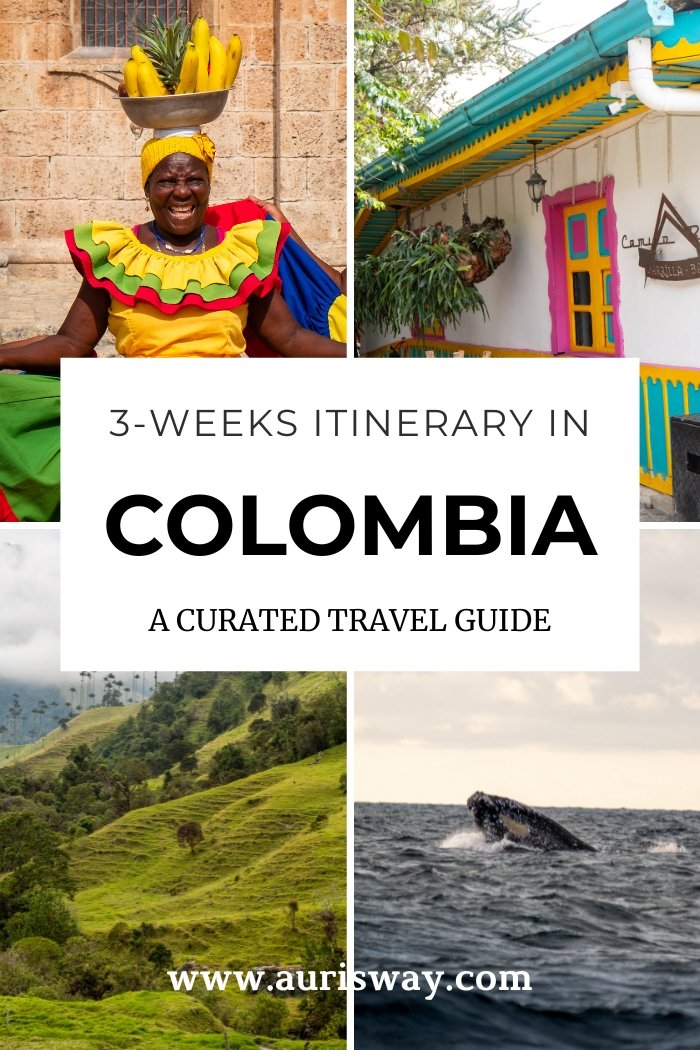Colombia itinerary:
how to spend the perfect 3 weeks
Are you planning a trip to Colombia and just starting to map things out? In this travel guide, I’m sharing my 3-week Colombia itinerary, which will takes you to some of the country’s most stunning hidden gems. It’s a well-balanced journey of adventure, culture, and relaxation — the perfect way to experience everything this fascinating destination has to offer.
***
Land of Shakira, Karol G, and Gabriel García Márquez, Colombia is a destination that sweeps you off your feet in no time. And for good reason: this fascinating South American country offers breathtaking diversity.
Although its troubled past might still deter some travelers, all it takes is setting foot here to break the stereotypes and fall under its spell. Our 4-week adventure — distilled here into a carefully crafted 3-week itinerary in Colombia — takes you straight to the heart of this vibrant country.
Picture a place where you can wake up in a colonial hacienda tucked in the mountains, sip the world’s best coffee right where it’s grown, and end your day with your feet in the sand on a black-sand beach, watching humpback whales leap on the horizon. From Cartagena, the colonial city with its colorful streets, to the misty peaks of the Coffee Triangle, passing through the turquoise waters of Providencia Island, the Tayrona National Park, and the black-sand beaches of the Chocó region — this 21-day itinerary through Colombia takes you deep into a country where reality often feels more magical than fiction.
Of course, it’s impossible to see it all in such a short time — tough choices had to be made. But after nearly a month on the road, this trip through Colombia is one of our all-time favorites, and we’re already looking forward to writing the next chapter (or even a third!).
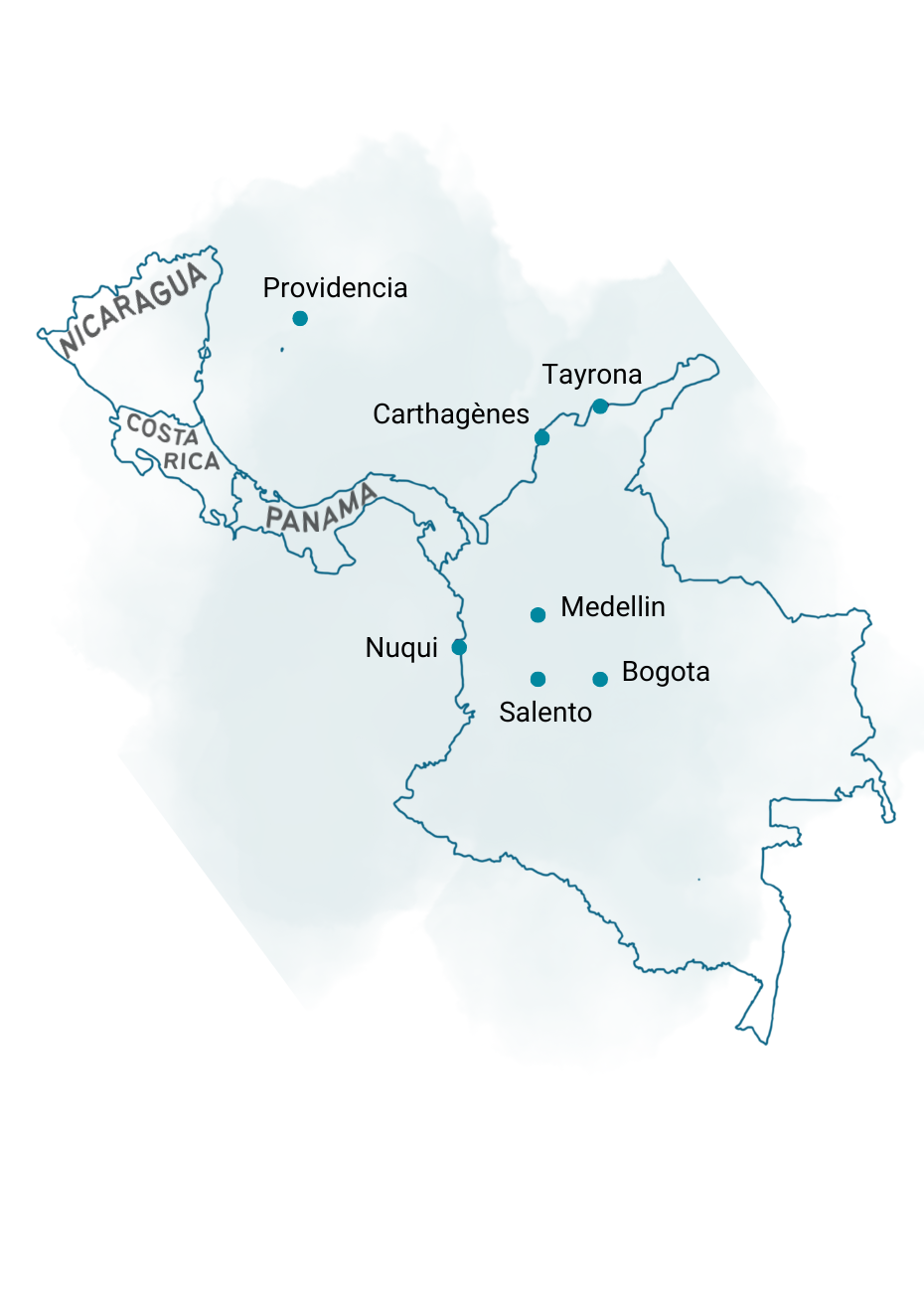
Chapters - My Colombia itinerary
Day 1: Bogota ➡️ San Andrés
For this first trip to Colombia, we decided to skip Bogotá. Yes, when you only have three weeks and your heart leans more toward breathtaking landscapes than urban concrete, you have to make a few strategic choices. Bogotá will have to wait for another time!
For our first destination, we headed directly to the Caribbean — with a brief layover in Bogotá just long enough to collect our bags. Then it was off to San Andrés, the island with turquoise waters that everyone talks about, though not always in a positive light.
According to what we’d read, San Andrés has become a concrete-heavy island where all-inclusive resorts are sprouting up like mushrooms and trendy influencers flock to shoot their Instagram content. Not exactly the authentic vibe we were after. But for us, San Andrés was mainly the gateway to Providencia, its smaller, wilder, and far more preserved sister island.
Depending on flight schedules, you may need to spend the night in San Andrés, as we did. Choose a hotel close to the airport so you can catch the first flight to Providencia on Day 2.
Although it’s also technically possible to reach Providencia by boat, this option is widely discouraged — both in travel blogs and by fellow travelers we met. First, it takes about four times longer than flying (~4 hours versus 37 minutes), meaning you lose precious time on the island. Second, the stretch of sea between San Andrés and Providencia is known for strong currents and choppy waters, even during calm seasons. The crossing can be rough, even for those who don’t usually get seasick. In short, flying is definitely the easier option!
WHERE TO STAY IN SAN ANDRÉS | Depending on your flight schedule, you’ll likely need to spend a night in San Andrés before catching the first flight to Providencia the next morning. We chose the Hotel Olas, about 10 minutes from the airport. It’s basic but budget-friendly and perfectly fine for a one-night stay.
Day 2: San Andrés ➡️ Isla de Providencia
When you hear “secret Caribbean paradise,” you probably think of the Bahamas or the Antilles.
And yet… Located off the coast of Nicaragua, isla de Providencia (or Providencia island) is the kind of hidden gem that makes you feel like you’ve truly hit the jackpot.
Picture white-sand beaches where your only neighbors are palm trees, waters in shades so unreal they seem photoshopped, and a laid-back, authentic “roots” vibe. Welcome to the first chapter of your 3-week itinerary in Colombia!
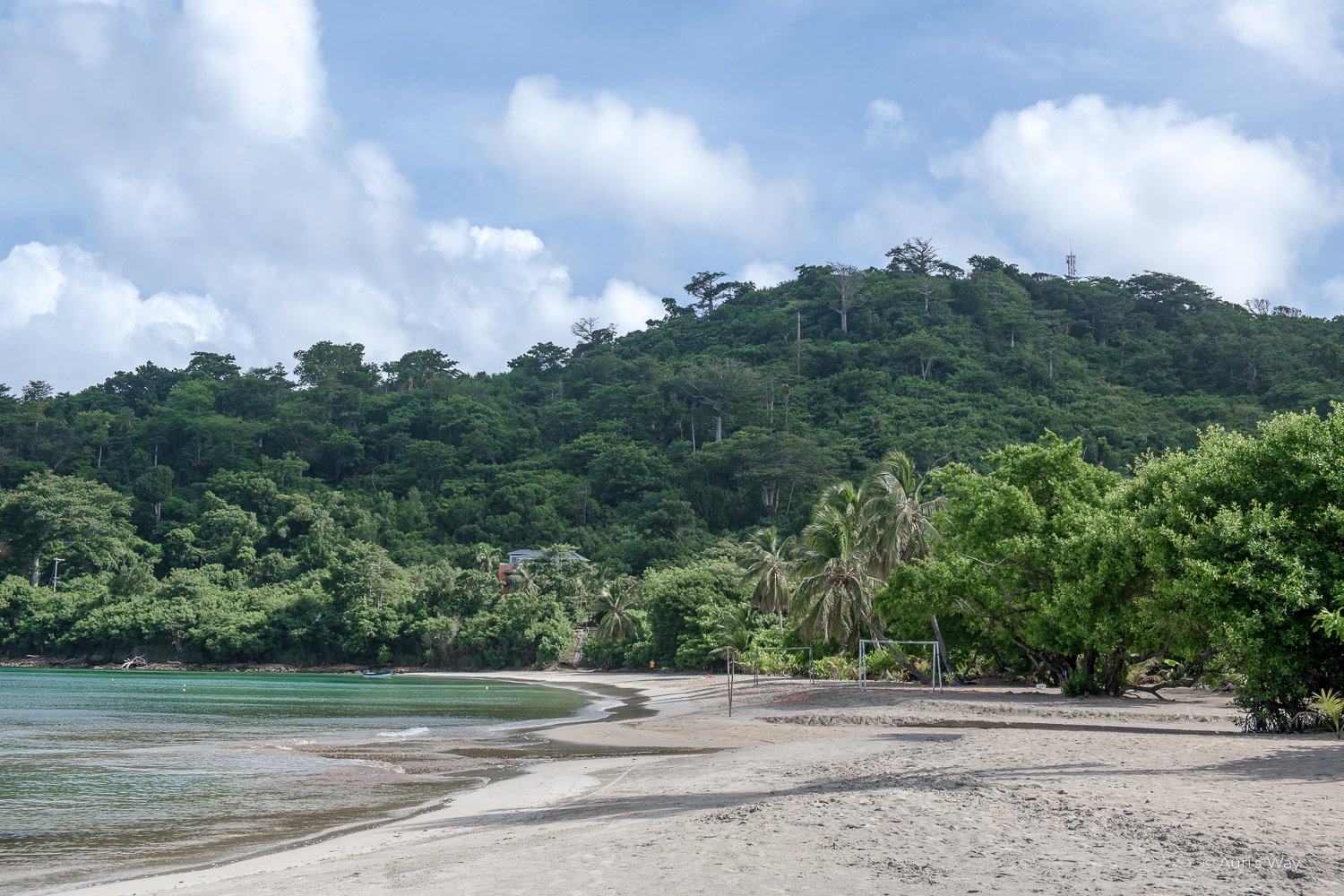
Unlike its big sister San Andrés, which fits the mold of a typical tourist destination, Providencia has chosen a different path. Here, you won’t find any all-inclusive resorts ruining the scenery or crowds jostling for the best spot on the beach. Accommodations come in the form of small, colorful guesthouses run by locals who know every corner of their island.
And what if I told you that on these postcard-perfect beaches, we never came across more than a dozen people at a time? Often, we had the place entirely to ourselves, with nothing but the sound of the waves for company. It’s the kind of place where you end up knowing all the other travelers by name, where the beach bar waiter remembers your favorite drink, and where time seems to stretch on forever.
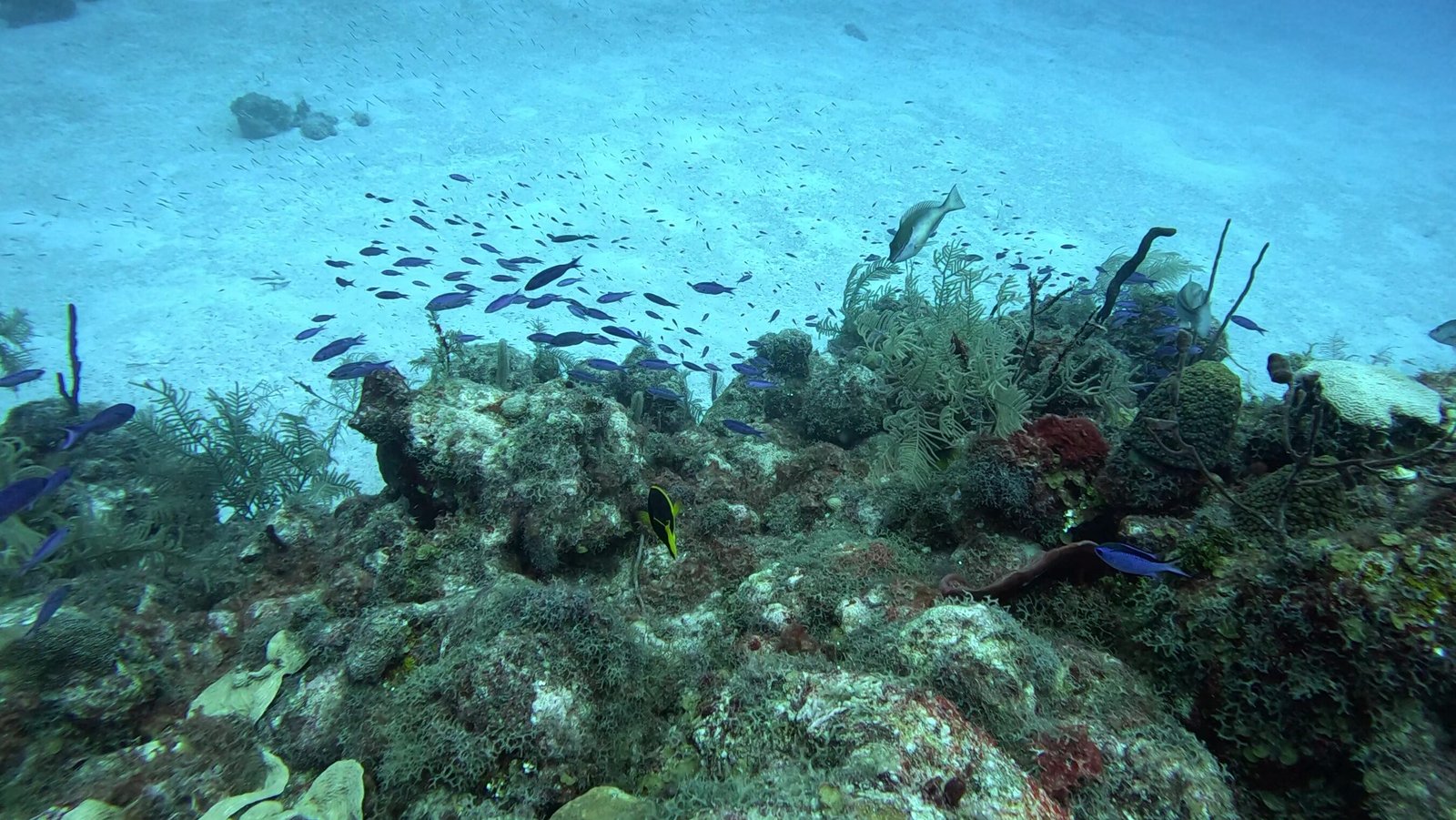
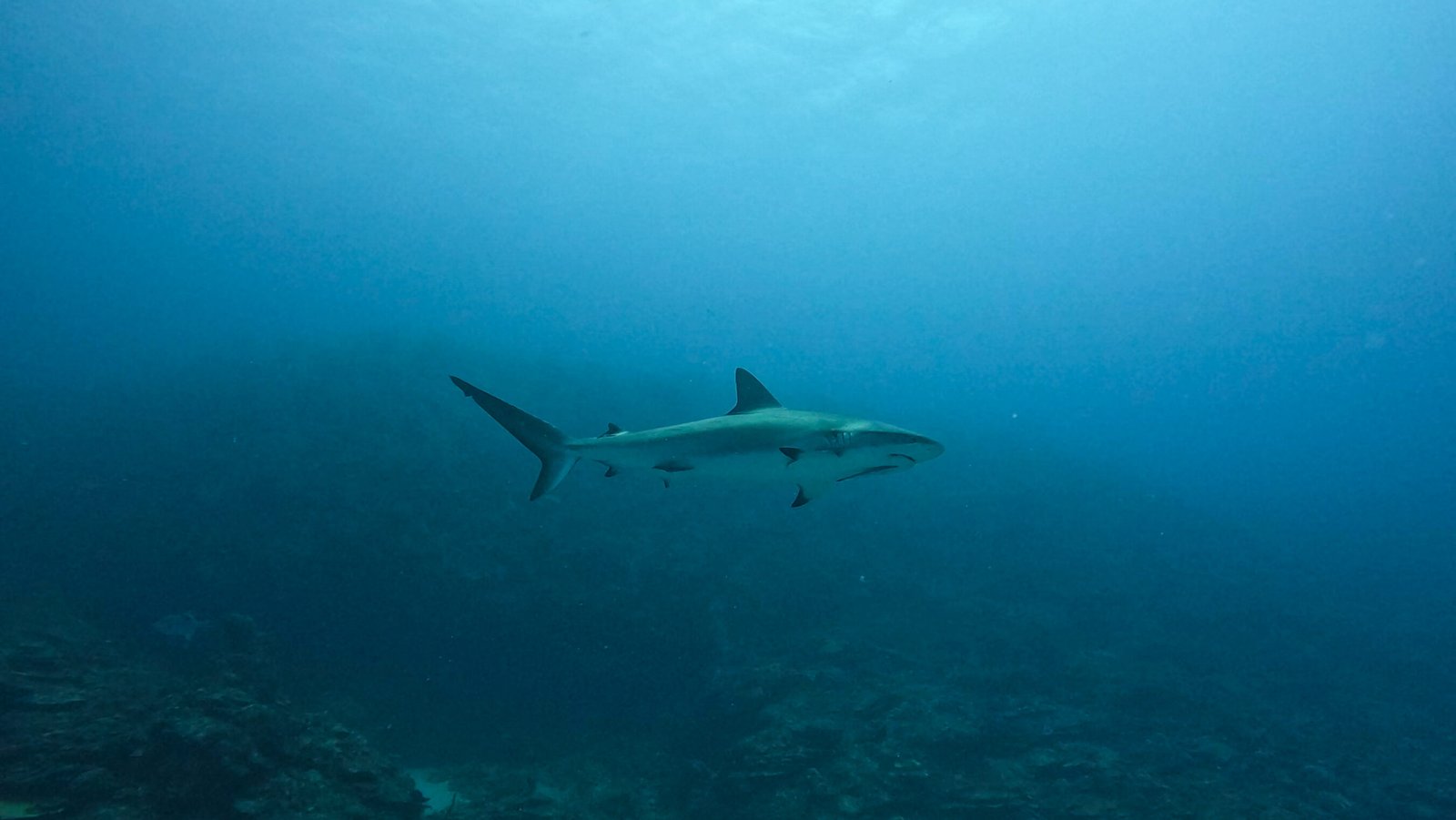

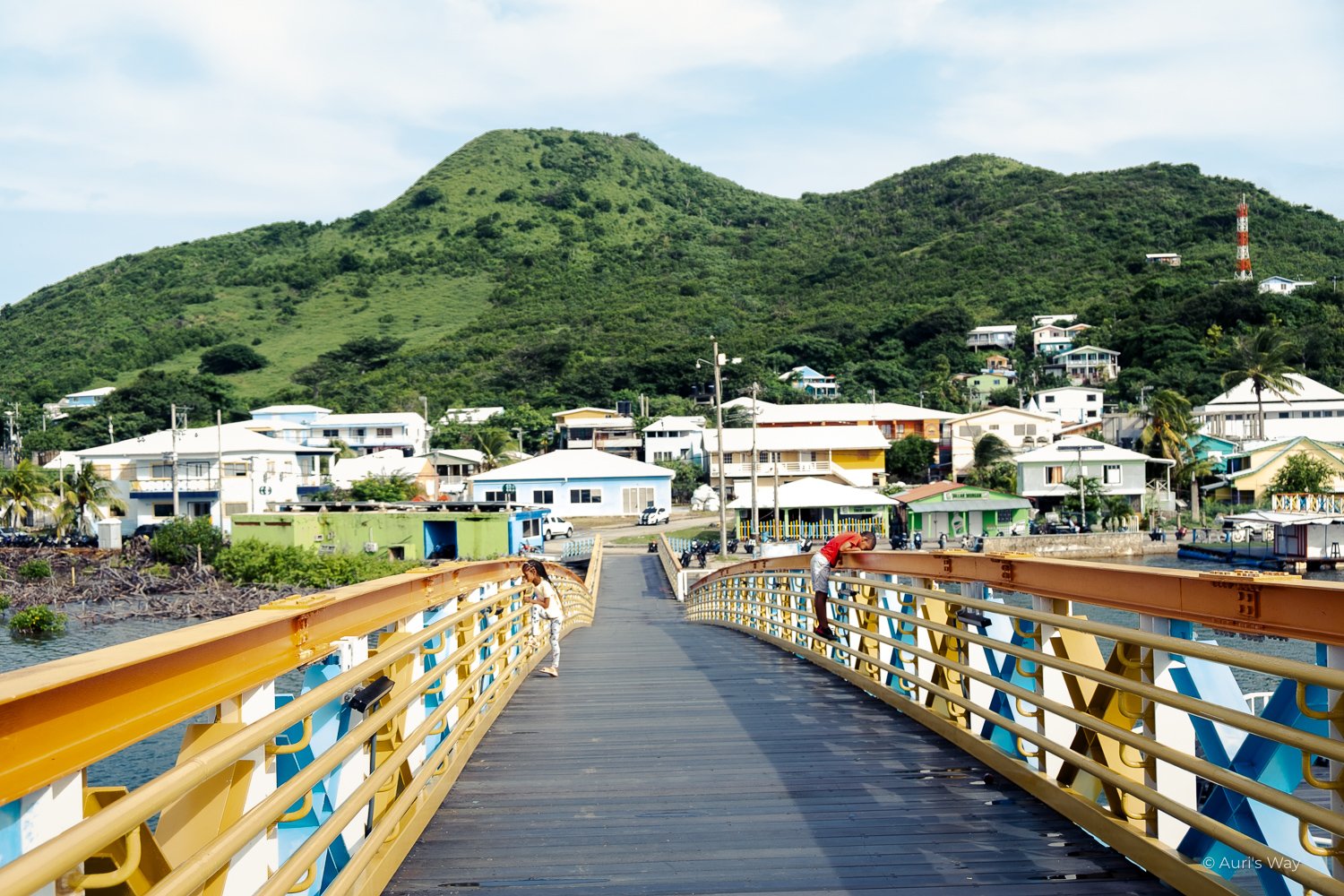
Day 5: Isla Providencia ➡️ Cartagena
For this next leg of our 3-week itinerary in Colombia, we traded the calm of the Caribbean for the vibrant energy of one of South America’s most beautiful colonial cities.
To get there, it’s back to San Andrés (yes, again!), followed by a 1.5-hour flight — and just like that, you’ve arrived in Cartagena. If possible, try to book an early afternoon flight so you’ll land just in time for sunset, when the colonial city comes alive and the plazas begin to buzz with energy.
Day 6: Cartagena
Colorful and captivating, Cartagena is often hailed as one of the most beautiful colonial cities in South America — if not the entire world. I don’t (unfortunately) have enough colonial city experience to say that for sure, but everything here certainly seems to back it up.
With its cobbled streets, flower-covered balconies, and vibrant facades, the UNESCO-listed historic center feels like stepping onto a movie set.
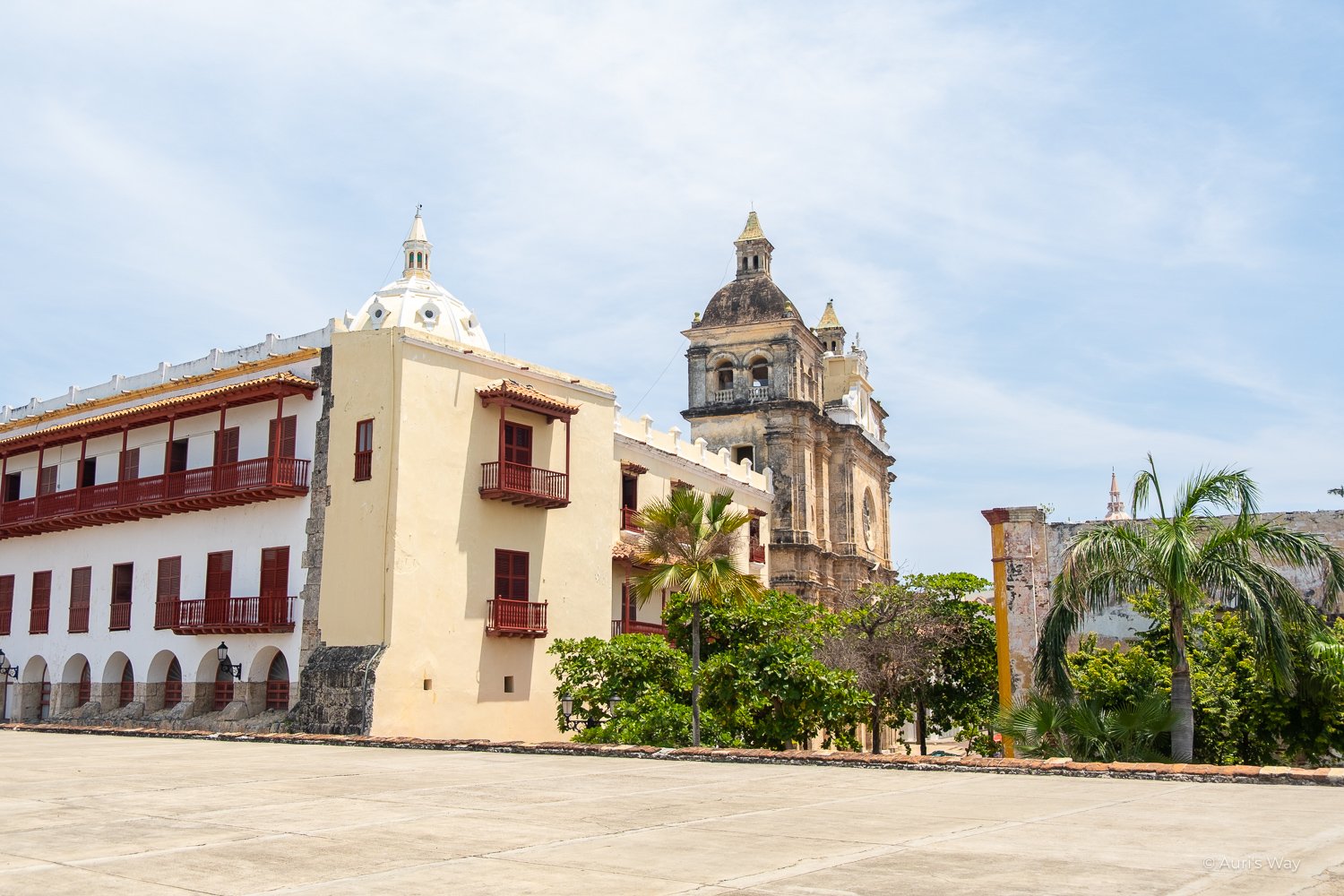
The best way to soak up the city’s fascinating and chaotic history is by joining a free walking tour. Pirates, colonizers, and slavery — Cartagena has no shortage of stories to tell. As you wander through the streets, you’ll come across landmarks like the Santa Catalina de Alejandría Cathedral, Plaza de las Aduanas, and Plaza de Bolívar, before drifting into the quieter, charming alleys of the San Diego neighborhood.

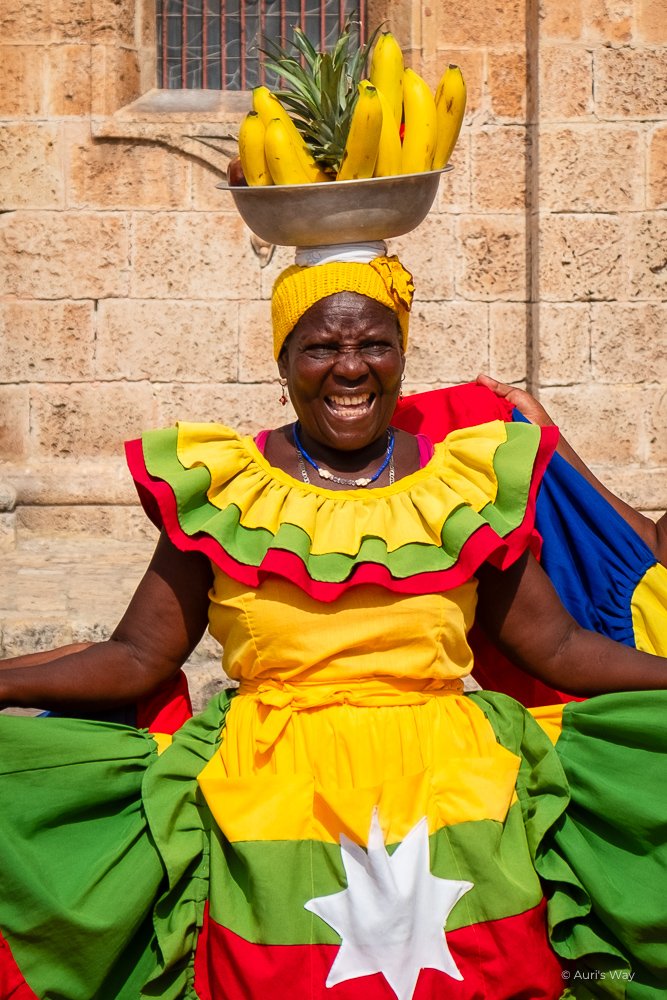
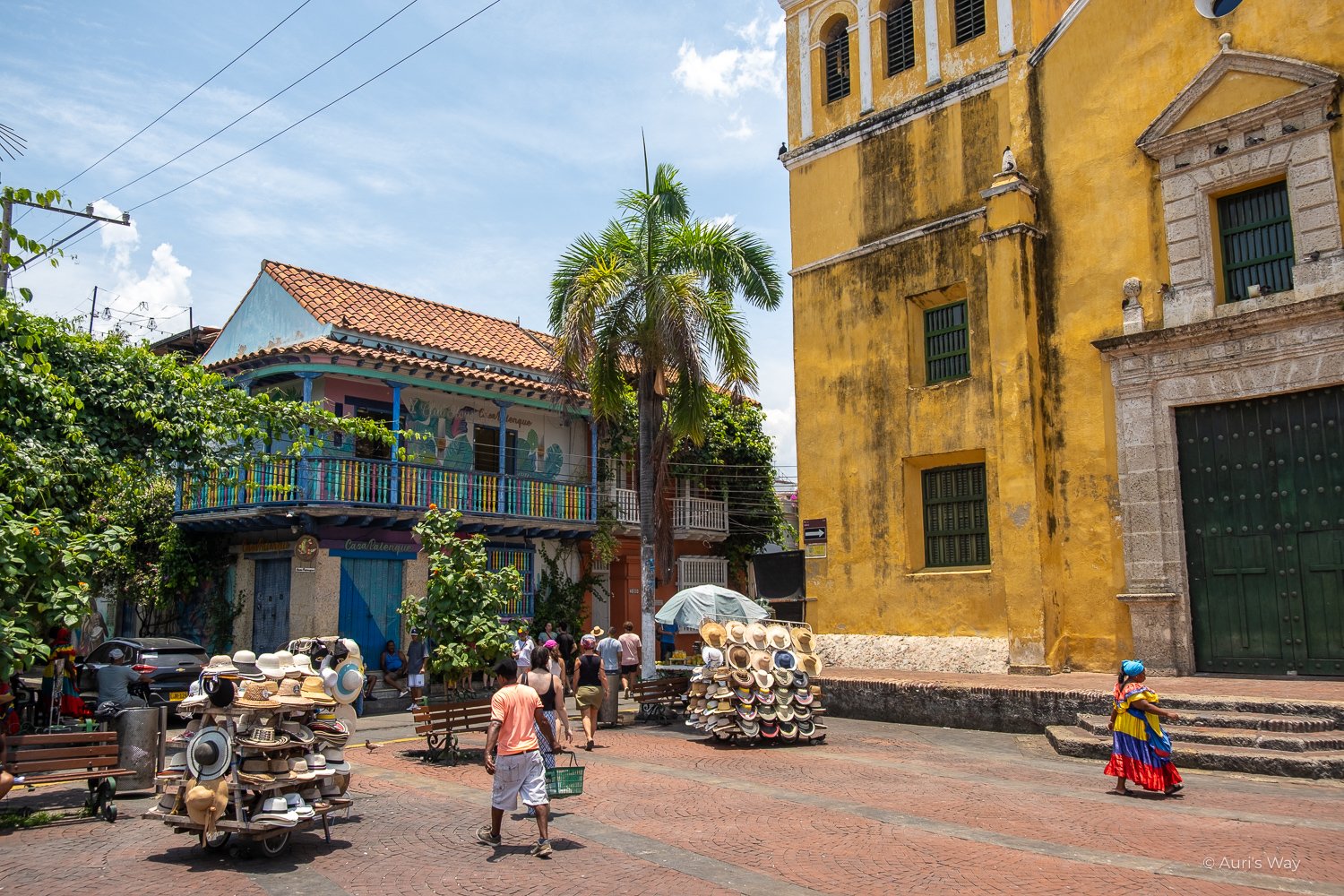
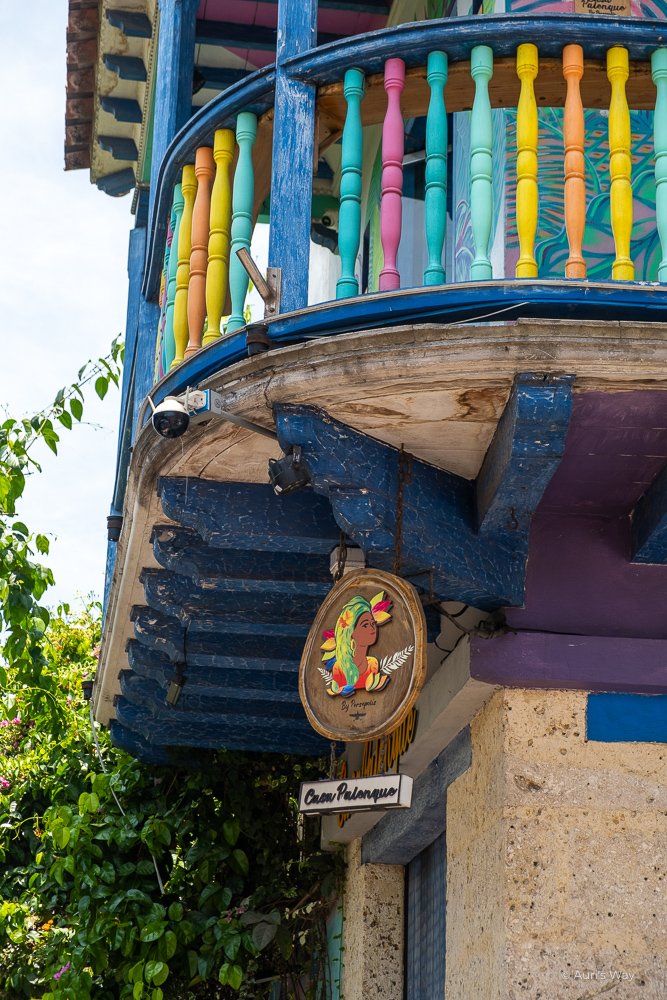
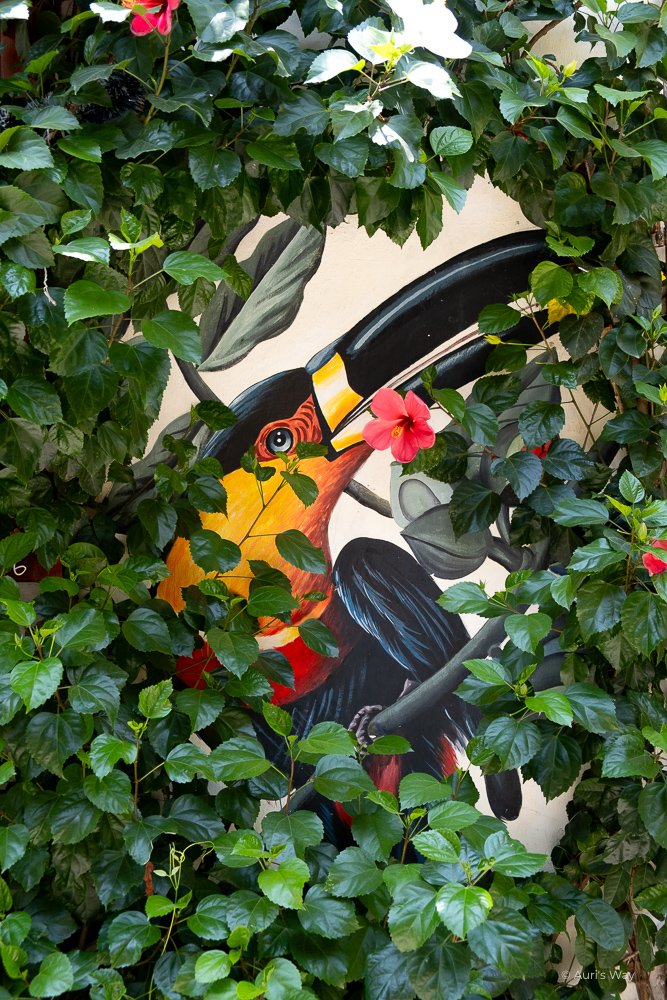
Where to stay in Cartagena?
As Colombia’s main tourist hub, Cartagena is very popular with international visitors. Unfortunately, that popularity comes at a price — particularly when it comes to accommodation, which tends to be more expensive than elsewhere in the country.
If you’re looking for charm and peace, the historic center is a solid choice. Safe and full of character, it puts you right in the heart of the action — but it’s also the most expensive area to stay.
For a more budget-friendly yet equally vibrant alternative, the Getsemaní neighborhood is a great option. This authentic, colorful district is just a short walk from the center and offers more affordable lodging, all while delivering a lively and local atmosphere.
Day 7: Cartagena ➡️ Tayrona National Park
Two nights are enough to get a good feel for Cartagena. The historic center is fairly compact, and you can easily explore it in a day — unless you plan to venture out to the Rosario Islands or Barú Island. But if, like me, you’re not a fan of tourist crowds, you might want to skip those.
For your final morning in Cartagena, you can browse local shops, wander the streets you haven’t yet explored, or head to the San Felipe de Barajas Castle, a fortress that reflects the city’s rich and fascinating history. A quick tip: don’t do what we did — go early! There’s no shade, and the heat can be brutal.
After lunch, it’s time to continue your 3-week itinerary in Colombia.
Next stop: Tayrona National Park, located 34 km from Santa Marta. Settle into a hotel near the park entrance and use the evening to rest up… trust me, you’re going to need it! 😉
How to get from Cartagena to Tayrona?
To reach the Tayrona, take a bus from Cartagena heading toward Palomino. Just let the driver know where you want to get off to reach your hotel. However, information about these routes can be confusing and hard to find online. The best option is to ask at your hotel or check directly at the bus station.
We chose to go with the private company Tayrona Transport. For 120,000 COP per person (about €25 each), we had a near-private minivan transfer. Communication was handled via WhatsApp and was very smooth. The driver picked us up just steps from our hotel and dropped us off directly at our destination.
Day 8: Tayrona National Park - Playa Brava
With over 150 km² of lush jungle and unspoiled beaches, Tayrona National Park is a true biodiversity sanctuary… and one of the most visited sites in Colombia.
There are several entrances to the park. To avoid the crowds, we chose to stray from the usual path and enter through the secondary gate, El Calabazo, instead of El Zaino, the most popular one. I know — entry rules and access to Tayrona can be a bit confusing. I’ll be putting together a full article soon to help make sense of it all!
Why choose El Calabazo? First of all, to have the jungle almost entirely to yourself. In theory, the lesser-used trails also increase your chances of spotting wildlife in their natural habitat. To be honest, we were a bit disappointed on that front — we actually saw more animals in the busier parts of the park, probably because they’re used to being fed by tourists.
Just a reminder: feeding wild animals is NOT a cute photo opportunity for Instagram. It alters their natural behavior and puts their way of life at risk.
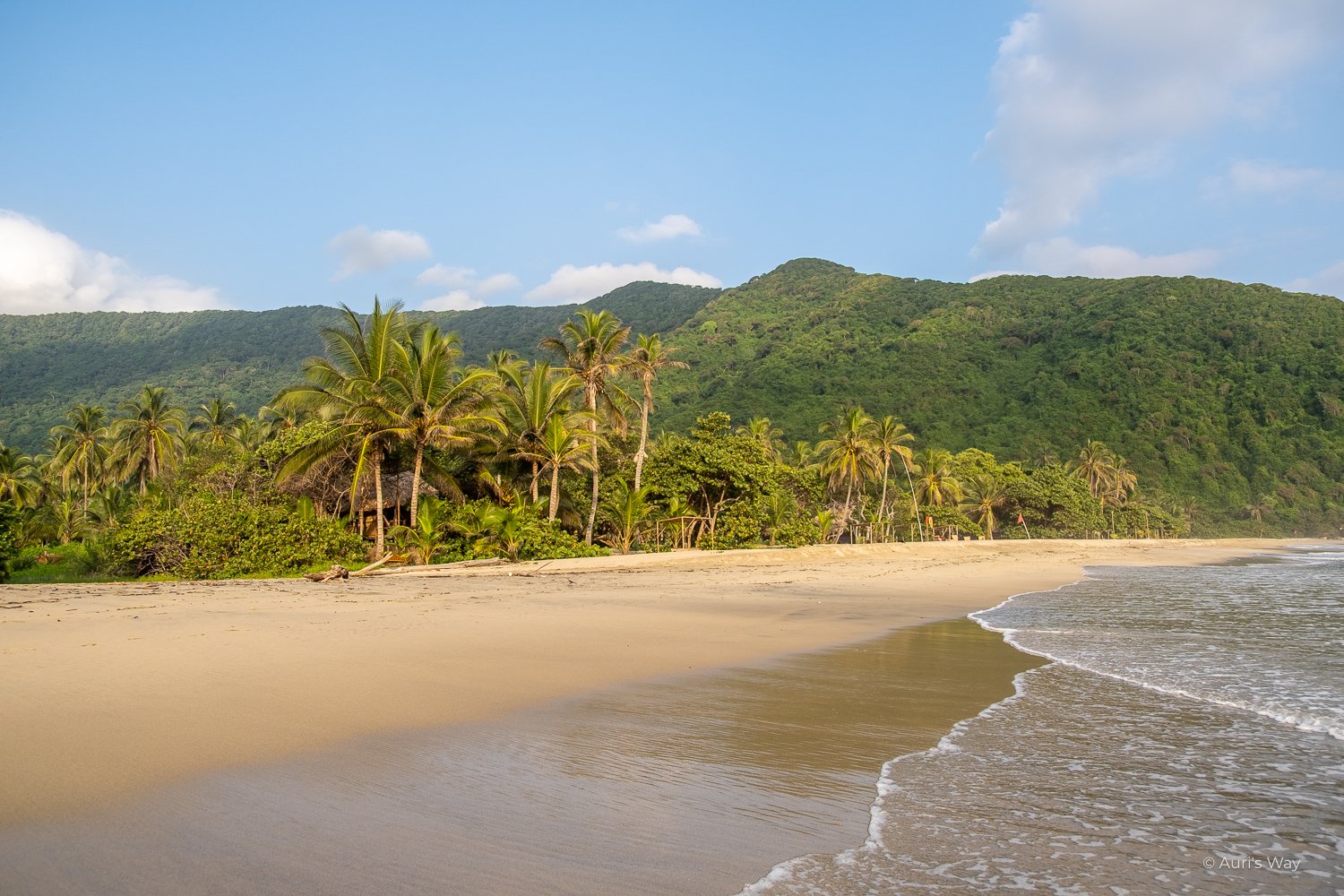
WHAT TO EXPECT | The hike takes 3–4 hours depending on your pace and requires decent physical fitness. The trail from El Calabazo to Playa Brava includes some uphill sections, but nothing too challenging. However, the heat can be intense — start as early as possible!
WHAT TO PACK | Travel as light as possible, but keep in mind you’ll be spending one or two nights inside the park. Leave your large backpack or suitcase at the hotel or hostel where you stayed near the entrance. Bring a change of clothes (you’re going to sweat A LOT), a few essential toiletries, good hiking shoes, and — most importantly — plenty of water.
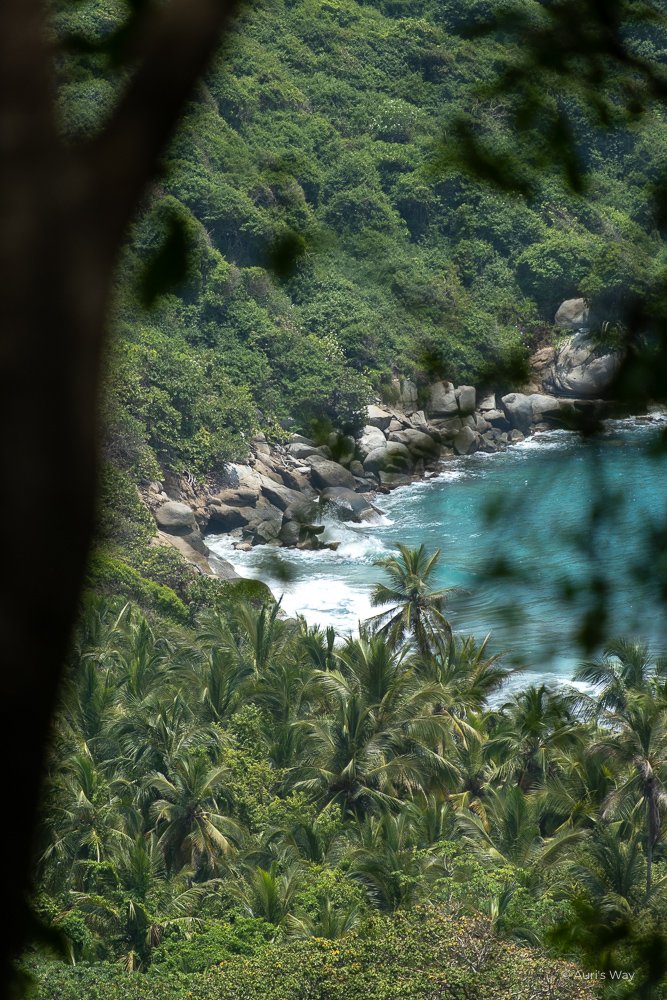
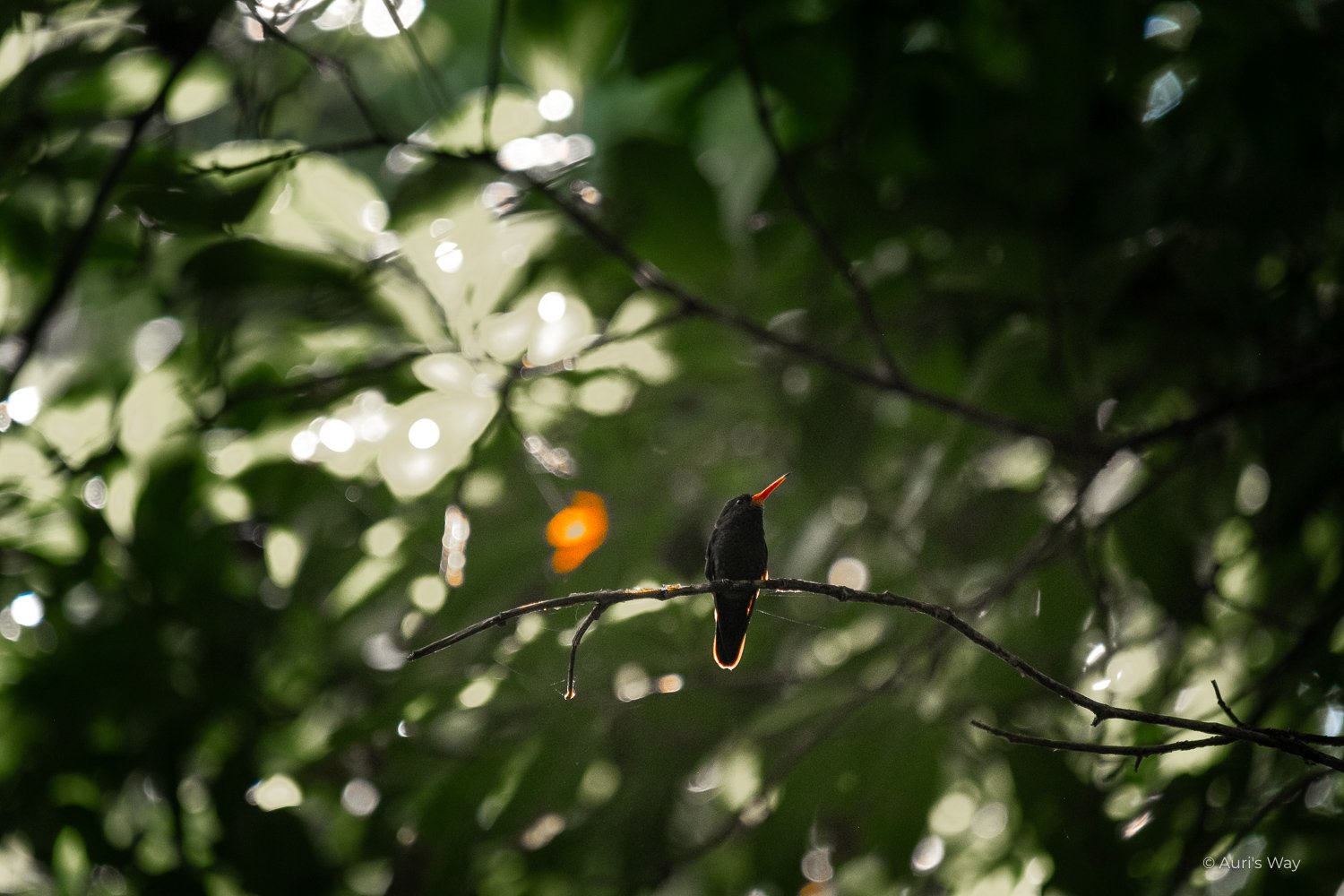
Day 9: Tayrona National Park - Cabo San Juan & La Piscina
The next day, it’s time to lace up our hiking shoes again.
It takes about 3 hours of trekking through the jungle to reach Playa Nudista, the first beach in the park’s busier section. Don’t worry — the path is well marked. This was one of our favorite moments: surrounded by ancient vegetation, with only the sounds of the jungle around us. Truly magical!
From there, it’s just another 15–20 minutes to reach Cabo San Juan — the park’s iconic postcard spot. And honestly? It was the one we liked the least.
Unfortunately, fame brings crowds. Between the tourist boats arriving from Santa Marta and the hikers pouring in, the vibe felt more “resort town” than “tropical paradise.” Sure, Cabo San Juan is a beautiful beach — but the packed atmosphere quickly had us looking for somewhere else.
So we decided to continue another 30 minutes to the next beach: La Piscina. Much longer and more peaceful, it’s protected by a coral reef that forms a calm lagoon — perfect for swimming in total serenity.
Without feeling like you’re elbowing for space.
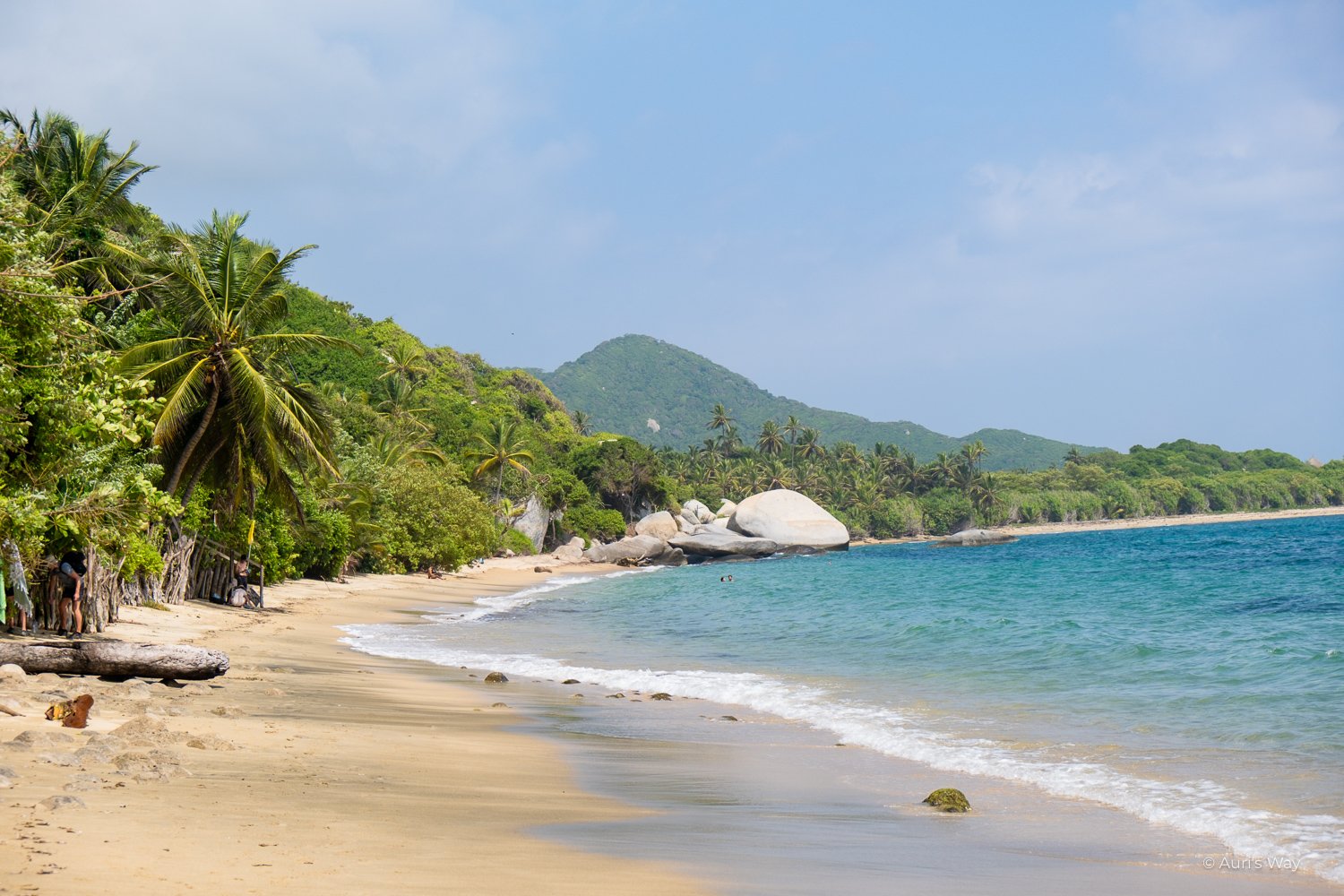
WHERE TO STAY | I highly recommend finding accommodation near Cabo San Juan or La Piscina. We learned this the hard way — our hotel was near the El Zaino exit, which meant we ended up walking 17 km in a single day.
The park offers options for every budget: hammocks for adventurous travelers, tents, or bungalows for more comfort. You can book in advance on Booking or directly on site.
Day 10: Tayrona National Park ➡️ Salento
If you’re following a 3-week itinerary in Colombia, you simply can’t miss the Coffee Region.
Perched at 1,800 meters above sea level, it offers spectacular scenery — think rolling green valleys and endless coffee plantations. Beyond its postcard beauty, the region plays a key role in Colombia’s economy, producing a full 10% of the world’s coffee. After the tropical heat of Tayrona, the cool mountain air is a refreshing change of pace.
To get there, fly from Santa Marta to Pereira. The city itself isn’t particularly remarkable, but it serves as the perfect gateway to the region.
From there, head to Salento, a charming, colorful village nestled among lush hills. You have two options to get there: by bus, for a more authentic local experience, or by renting a car, which gives you the freedom to explore the region at your own pace.
How to get from Tayrona to Salento?
From Tayrona National Park, take a taxi to Santa Marta airport. The ride takes about 45 to 60 minutes and will cost you around €15. It’s worth it to avoid transferring through the Santa Marta bus terminal.
Then, catch a flight to Pereira. From there, you can reach Salento in under an hour — either by rental car or by taking a local bus.
⚠️ Buses from Pereira to Salento usually run in the early morning or late afternoon, so make sure to check the schedule ahead of time!
Days 11 to 13: El Eje Cafetero, the coffee region
During your trip through the Coffee Region, take time to explore its picturesque villages — each with its own unique charm. Stroll through the colorful streets of Salento, stop by its local craft shops, and soak up the authentic vibe of Filandia, often seen as a more local and less touristy alternative to Salento.
If you’re looking to add a touch of relaxation to your stay, Santa Rosa de Cabal, located about 50 km from Salento, is a great option. We didn’t get the chance to experience it ourselves, but its natural hot springs sound like the perfect way to unwind after a day of exploring — surrounded by waterfalls and lush scenery.
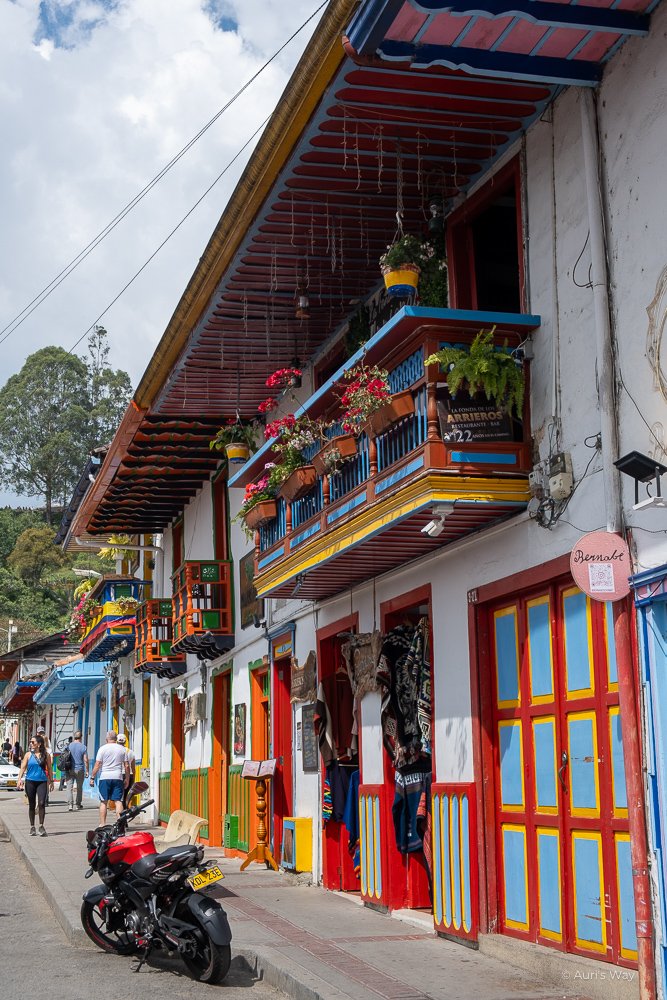
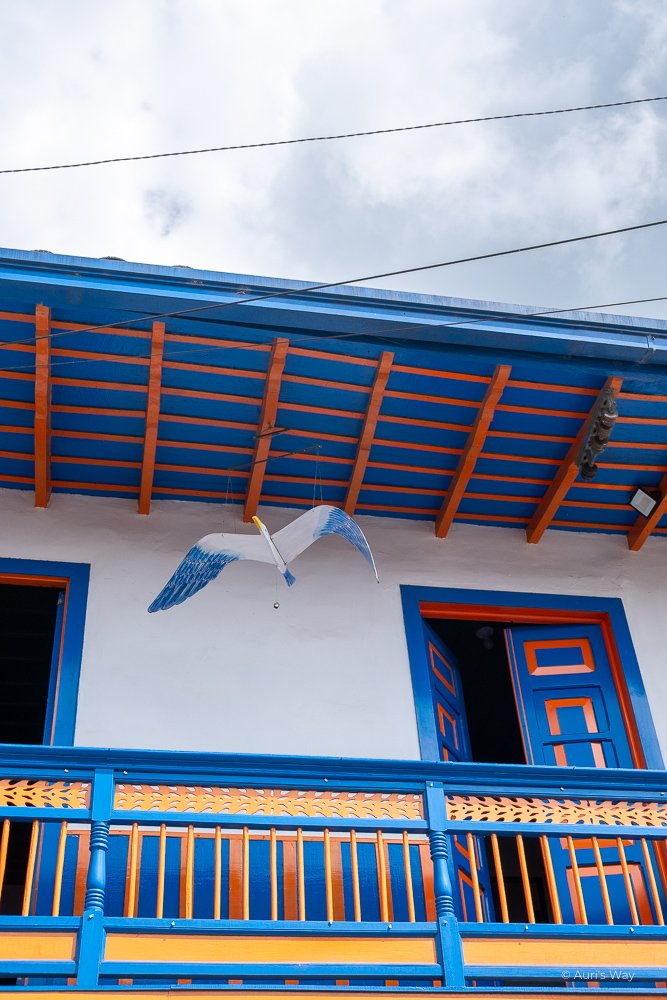
A must-see on your 3-week itinerary in Colombia, the Cocora Valley is awe-inspiring with its towering wax palms — the tallest in the world. This unique ecosystem offers breathtaking landscapes, perfect for an immersive hike.
If you choose the full loop, plan for 6 to 7 hours of hiking through stunning scenery. For a shorter option, there’s an accessible trail that lets you take in the valley’s beauty with less effort, while still offering incredible viewpoints.
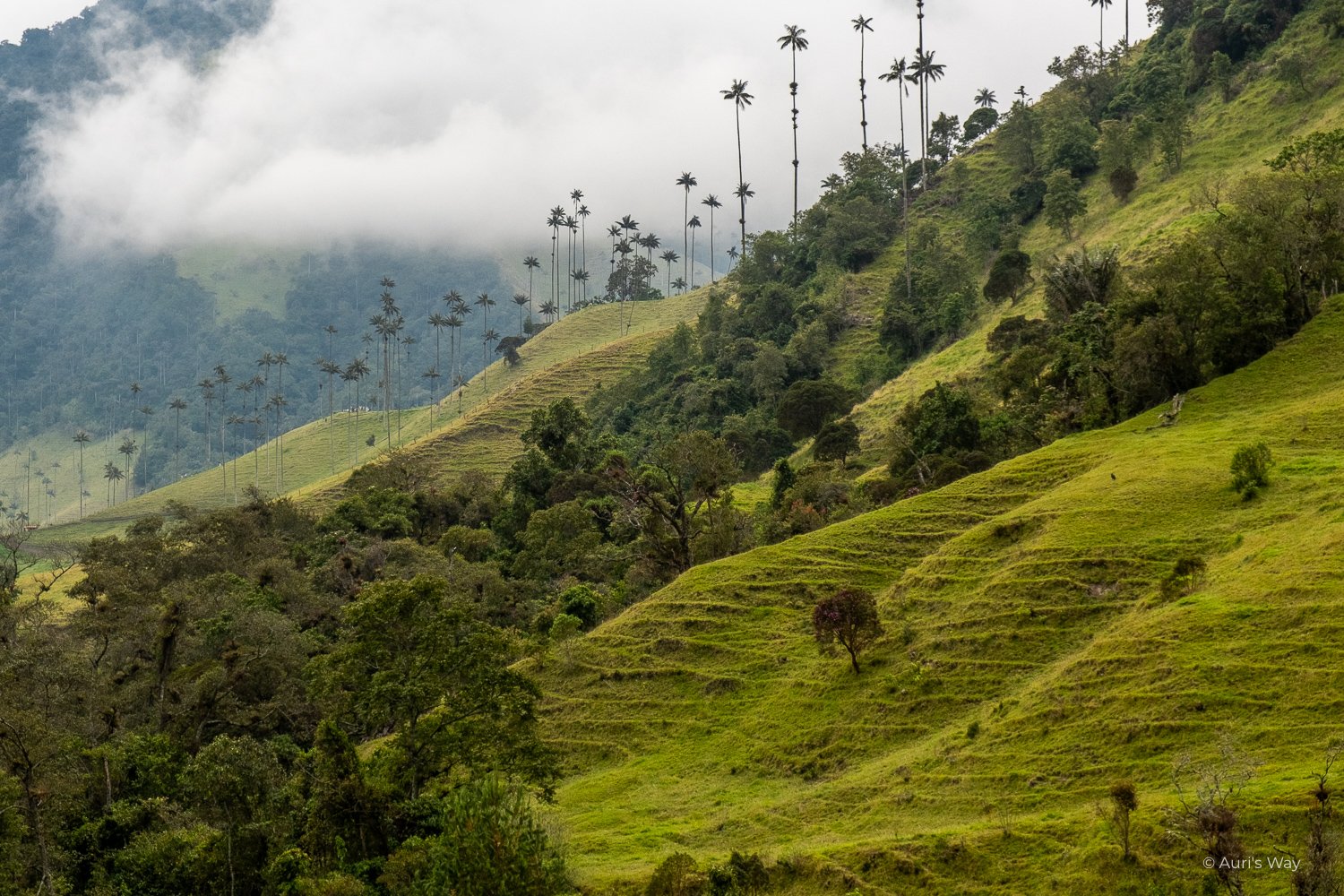
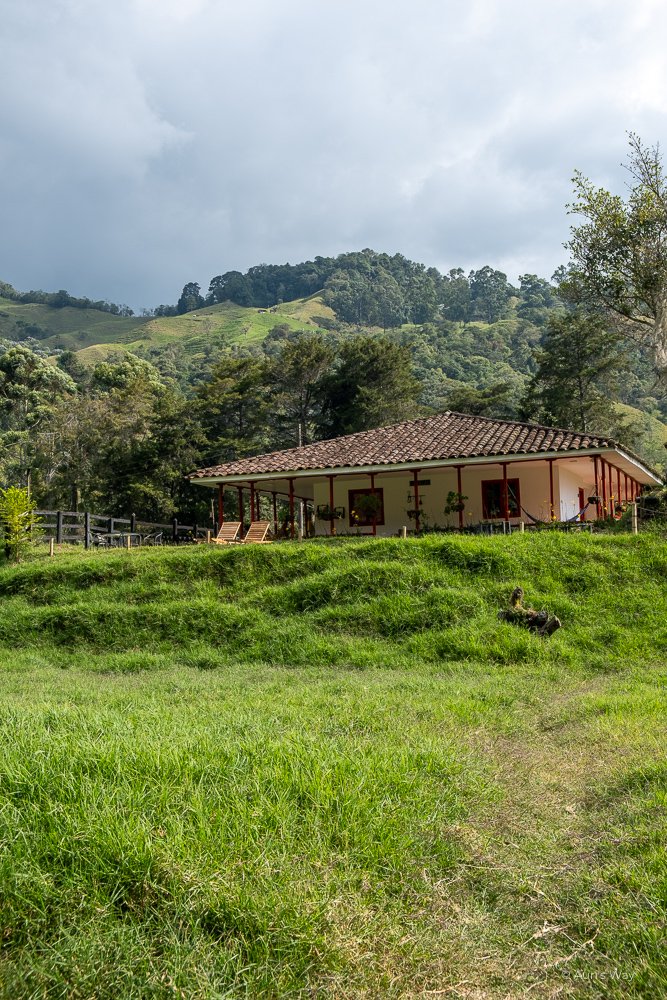
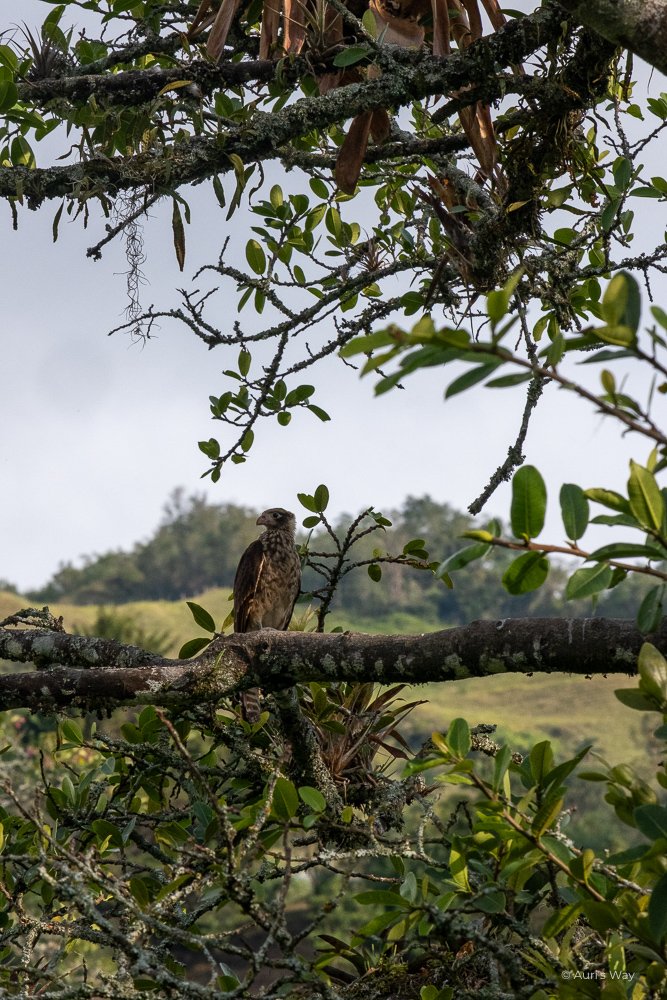
Where to stay in Salento
Depending on your preferences and mode of transport, you have several options.
If you enjoy a lively, colorful atmosphere, staying in the heart of Salento is always a safe bet. The village is compact, so you’ll be within walking distance of main attractions, restaurants, and the iconic Willys — those vintage jeeps that take you to the Cocora Valley and nearby areas. For a quieter alternative, the charming village of Filandia is also an excellent option.
For a full immersion in nature, consider staying in one of the eco-lodges just outside the village. Nestled between rivers and mountains, these traditionally designed accommodations offer a peaceful retreat — perfect for unwinding after a day of exploration.
Day 14: Pereira ➡️ Nuquí
We’re nearing the end of our 3-week itinerary in Colombia.
If you think you’ve seen all that Colombia has to offer, just wait until you discover Nuquí. Tucked away in the Chocó region on Colombia’s Pacific coast, this wild paradise remains one of the country’s best-kept secrets.
There are no roads here, no mass tourism — just vast black-sand beaches framed by lush jungle. Few travelers make it out to this remote and untouched region, which is exactly what makes Nuquí such a hidden gem. It’s a place where nature truly reigns, and where you can feel completely alone between the endless ocean and the dense, untamed rainforest.
The magic of Nuquí lies in its perfect blend of raw jungle and the Pacific Ocean — a combination that makes it one of the most spectacular and authentic regions in all of Colombia.
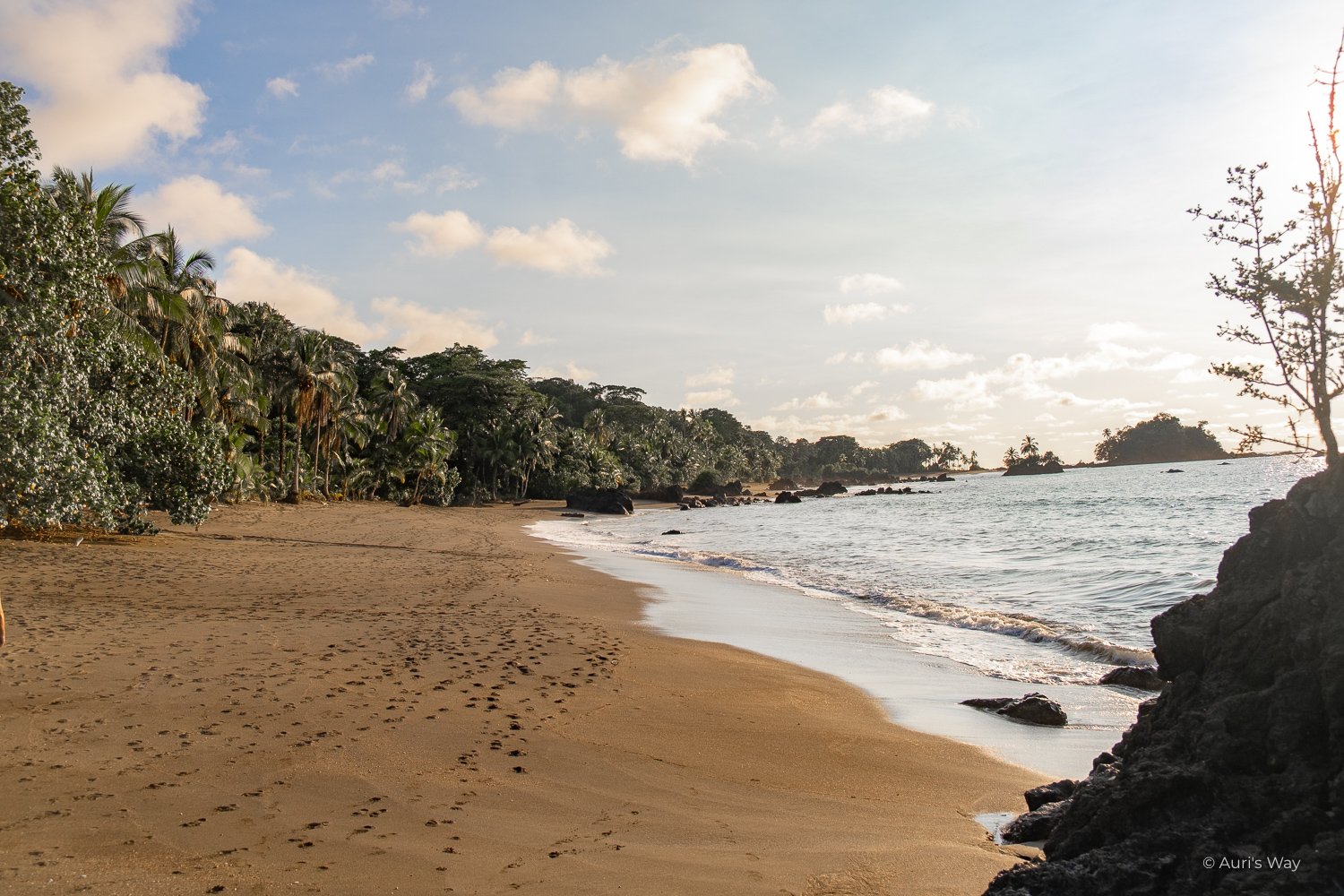
How to get to Nuquí?
From Pereira, you’ll need to connect through Medellín before catching a small propeller plane to Nuquí. The region is served by Satena, Moon Flights, and Clic Airlines. To my knowledge, only Clic occasionally offers direct Pereira > Nuquí flights (depending on the day).
The flight takes about 50 minutes. Be mindful of baggage allowances.
⚠️ Double-check the allowed baggage limit! Most airlines enforce strict policies — typically 15 kg of checked baggage + 5 kg of carry-on.
Once you arrive, most hotels offer boat transfers to take you directly to your accommodation.
Days 15 to 17: the Chocó Region, Colombia's Pacific Coast
Still largely untouched by mass tourism, the <b>Chocó region is full of magic</b> — and without a doubt, one of the most unforgettable highlights of our 3-week itinerary in Colombia.
Considered one of the most biodiverse areas on the planet, it offers a total immersion in nature, where dense jungle meets wild beaches. The downside? It’s also one of the rainiest regions in the world. But that’s exactly what gives it its lush, vibrant beauty.
Here, time seems to slow down. Days are spent unwinding, chasing waterfalls, and watching breathtaking sunsets.
<b>From June to October,</b> humpback whales migrate to these calm waters to breed. If you’re lucky, you might even spot them right from your balcony.
Do I really need to say more?

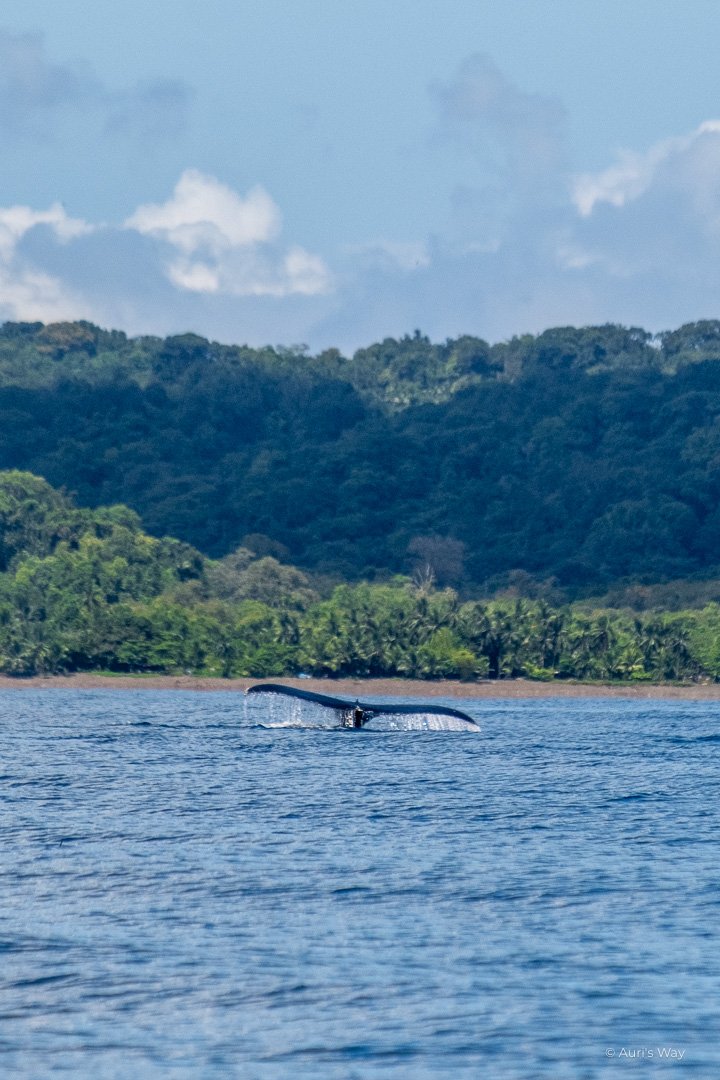

Much of Colombia’s richness comes from the diversity of its regional cultures — and the Chocó is one of the most striking examples.
Tucked between the vast Pacific Ocean and one of South America’s largest rainforests, the region remained isolated for centuries, allowing its strong African heritage, passed down from former enslaved peoples, to flourish and endure.
You can feel this influence most vividly in its cuisine, where coconut and spices bring bold, distinctive flavors that set it apart from the rest of the country. Fish in every form, coconut rice, patacones… meals here are generous, flavorful, and deeply rooted in local traditions.
The Chocó has remained wild largely thanks to the commitment of its local communities, who champion sustainable and respectful tourism. The people — proud of their land and heritage — welcome visitors with genuine warmth, eager to share the raw beauty and authenticity of their region.
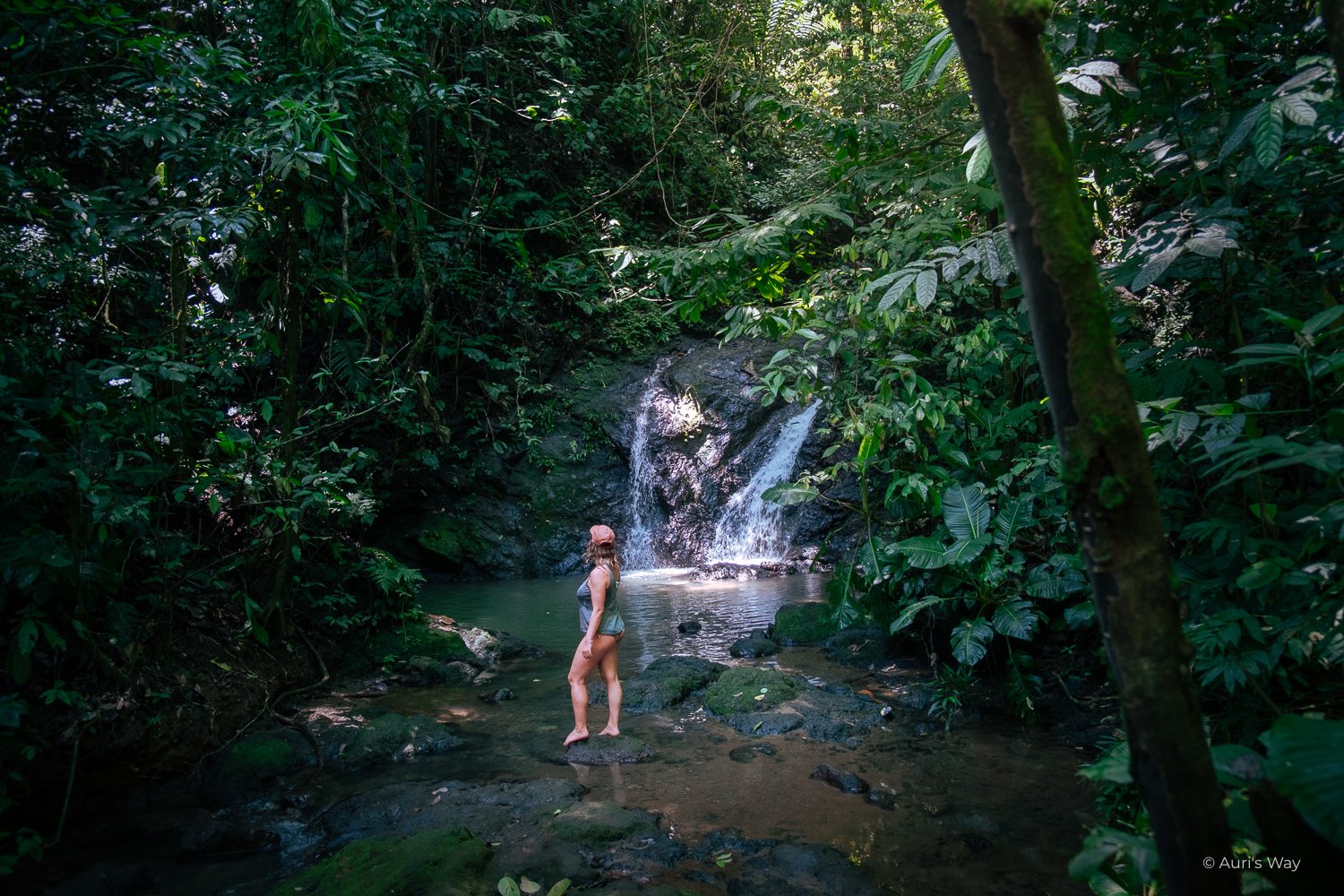
Where to stay in Nuquí
When people talk about Nuquí, they’re usually referring to the surrounding region. The town itself is primarily a transit point. Few travelers linger there, as poverty is unfortunately quite visible and comfort is limited.
Along Guachalito Beach, you’ll find a number of eco-lodges facing the ocean — perfect for reconnecting with nature. The villages of Arusí and Termales also make great alternatives for a stay that brings you closer to local life.
As for accommodations, expect something simple and practical. There are no luxury hotels or air-conditioned rooms here! That said, the magical setting — nestled between jungle and ocean — quickly makes you forget any minor discomforts.
Days 18 to 21: Medellín, a vibrant and cosmopolitan city
To wrap up this 3-week itinerary in Colombia, head to Medellín, a city that embodies resilience and transformation. Once considered one of the most dangerous cities in the world, it has reinvented itself as a vibrant, cosmopolitan metropolis that now draws backpackers, digital nomads, and travelers from around the globe.
No visit to Medellín is complete without exploring Comuna 13 — a neighborhood once plagued by violence, now a powerful symbol of urban renewal. Thanks to innovative initiatives like its iconic outdoor escalators, the area has come back to life. Today, its streets burst with colorful street art, music, and an undeniable energy — proof that Medellín is firmly looking toward the future.
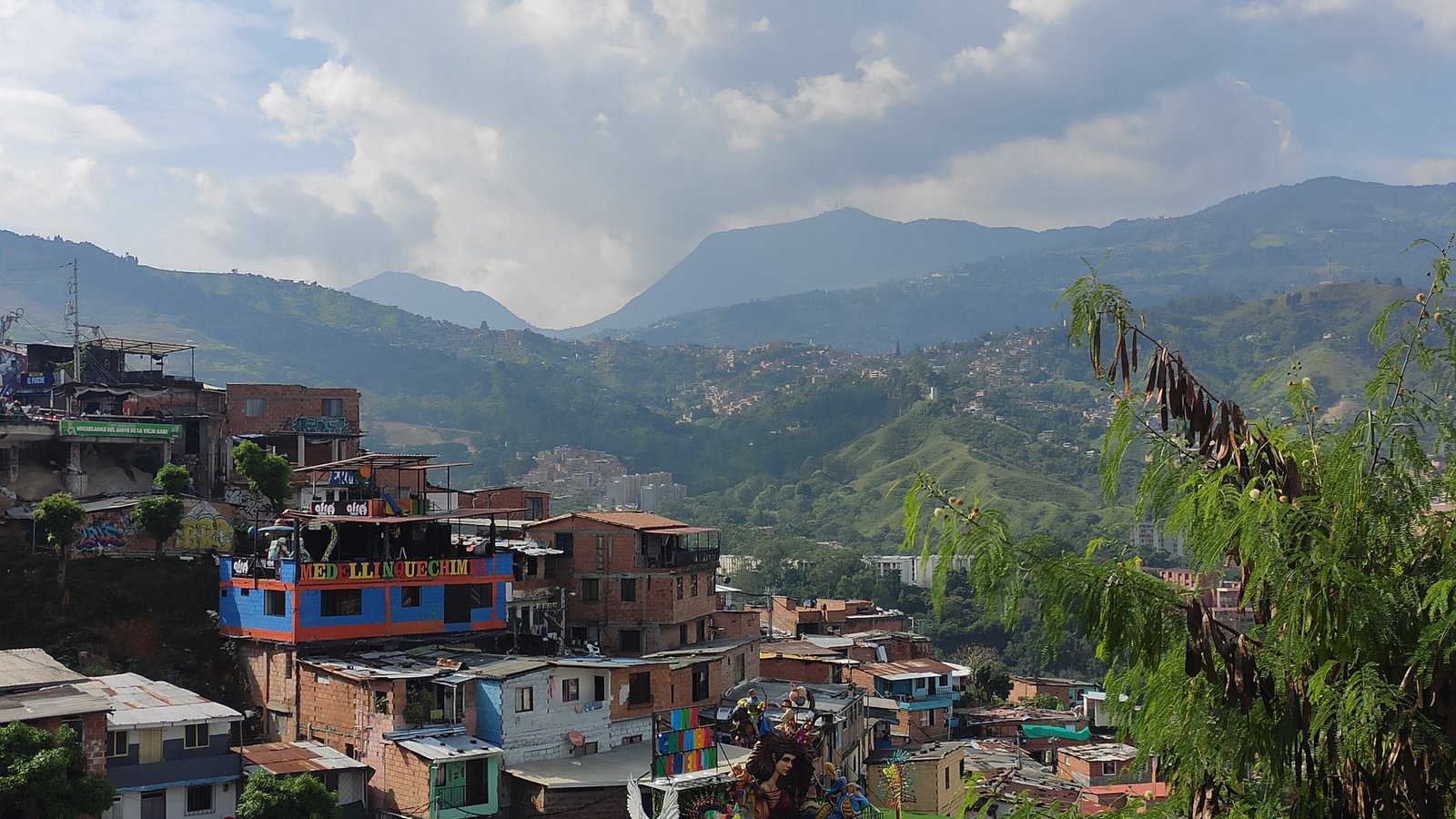
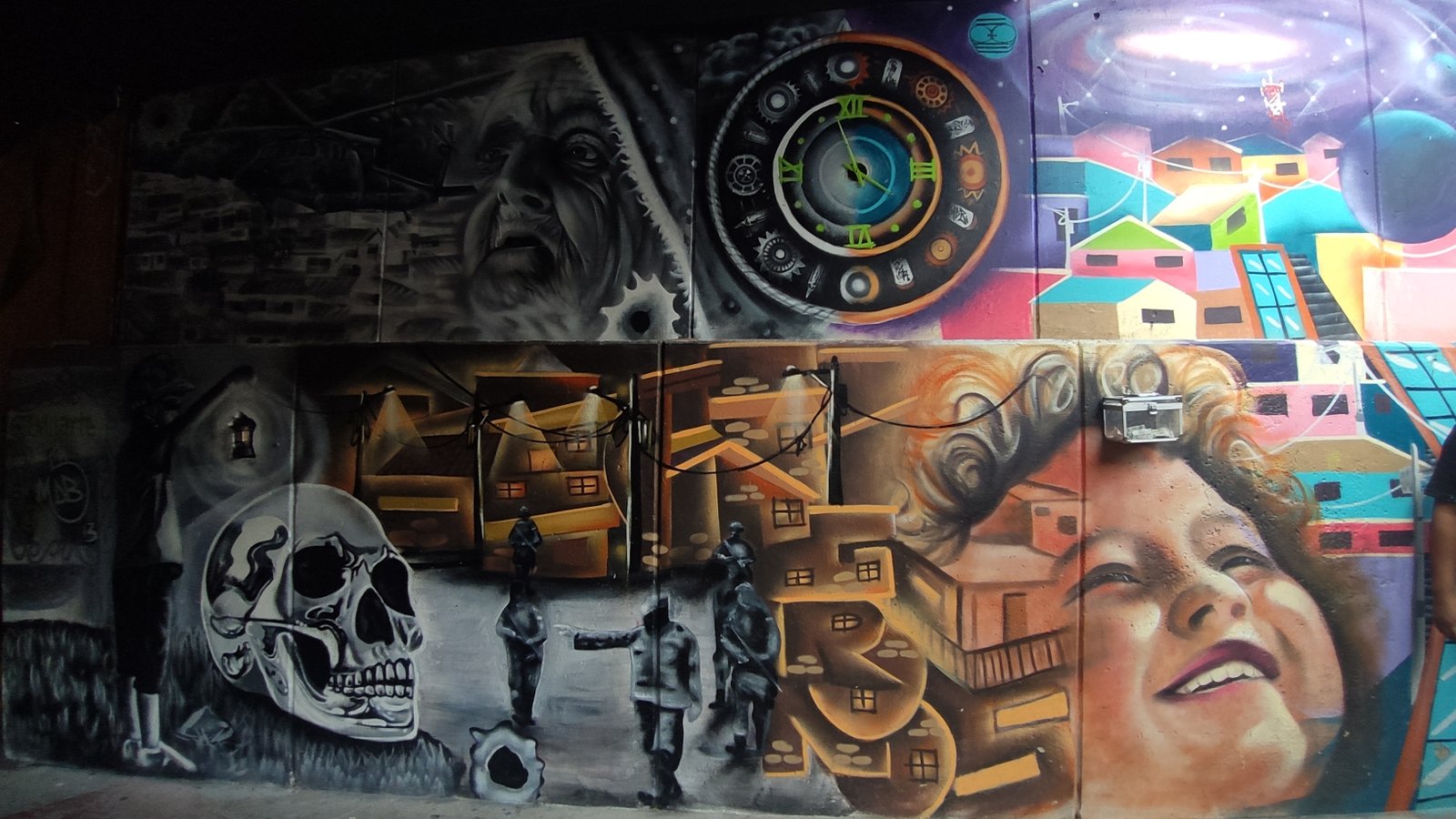
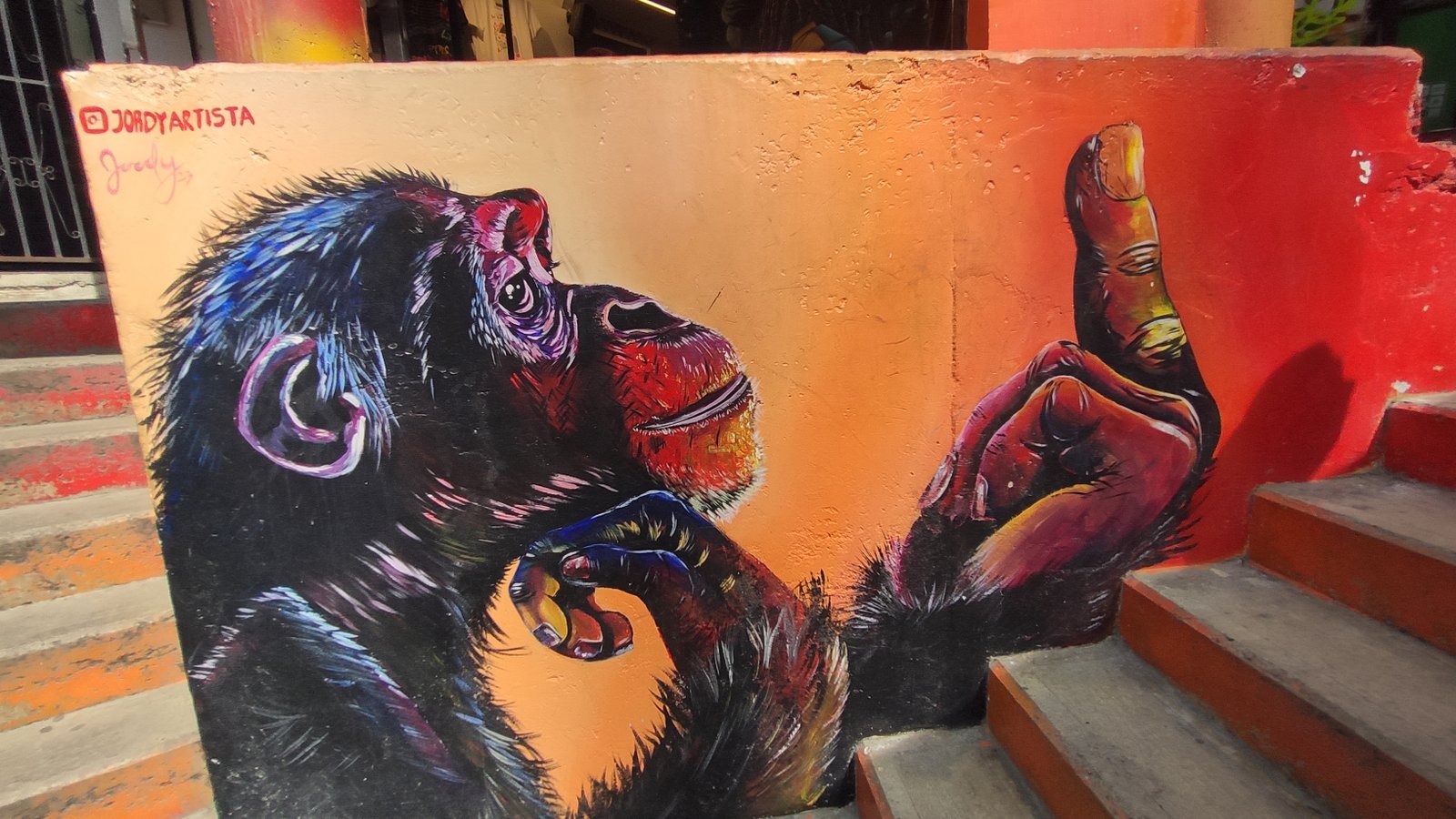
The Museo de Antioquia and Plaza Botero came highly recommended, but unfortunately, we didn’t have time to visit them. The plaza is known for its iconic, voluptuous sculptures by Fernando Botero, Medellín’s most famous artist. His distinctive style, with exaggerated and generous forms, gives the square a strong identity — a true open-air museum.
Take to the skies with the Metrocable, a unique mode of transport that offers spectacular views over Medellín, nestled in the valley below. From above, you really get a sense of the city’s vast, sprawling layout. While you’re up there, take the opportunity to continue on to Parque Arví, a green oasis perfect for escaping the city’s buzz.
If you have a bit more time, we considered visiting Guatapé, a colorful village famous for its vibrant facades and the towering rock La Piedra del Peñol. After climbing 740 steps, you’re rewarded with a breathtaking panoramic view of the surrounding lakes. That said, the village seems to have suffered somewhat from its own popularity. If we’d had more time, we might have chosen a smaller, more authentic village in the Medellín area instead.
A perfect ending to an unforgettable 3-week trip through Colombia!
Where to stay in Medellín?
El Poblado is often the first choice for travelers and expats, as it’s one of the safest neighborhoods in the city. It’s where you’ll find the highest concentration of hotels, along with trendy cafés, lively restaurants, and large shopping malls for those who love to browse. It’s the ideal base.
For a more local vibe and slightly gentler prices, the neighboring district of Laureles is a great alternative. Less touristy but just as welcoming, Laureles offers a solid range of accommodations and a relaxed, laid-back atmosphere.
This Colombia itinerary has taken you from the turquoise waters of Providencia to the misty wax palm forests of Cocora, through vibrant cities, coffee-scented mountains, wild Pacific beaches, and back to the pulsing heart of Medellín. Three weeks is just enough to scratch the surface of this incredibly diverse country — but it’s more than enough to fall in love.
Whether you’re drawn to Colombia’s rich culture, breathtaking landscapes, or the warmth of its people, one thing is certain: this country has a way of staying with you long after the journey ends.
As for us, we can’t wait to go back ❤️
ALL COLOMBIA TRAVEL GUIDES
Liked it? Pin it!

